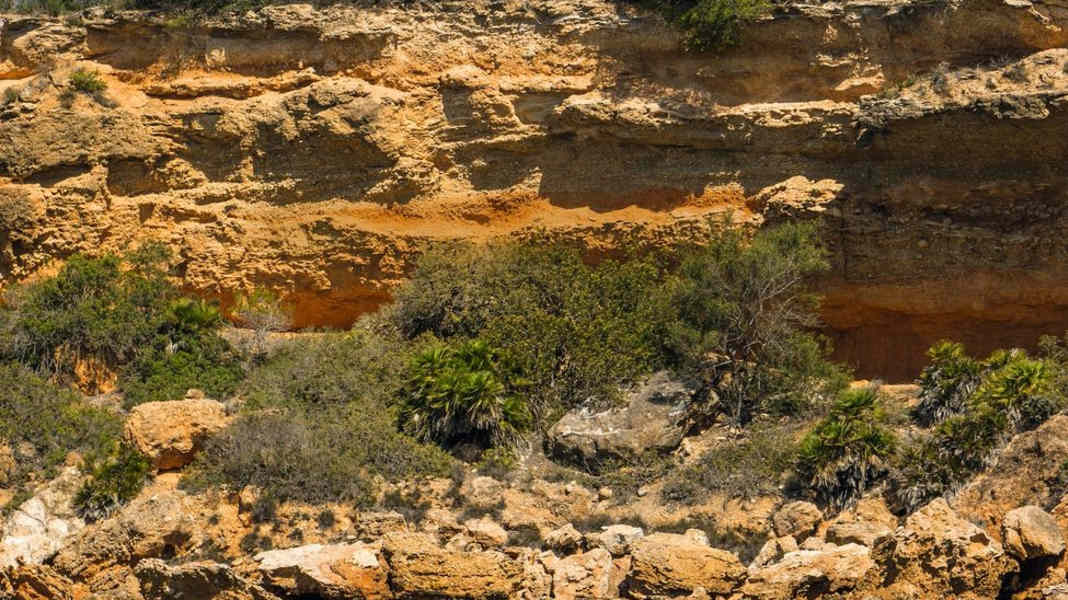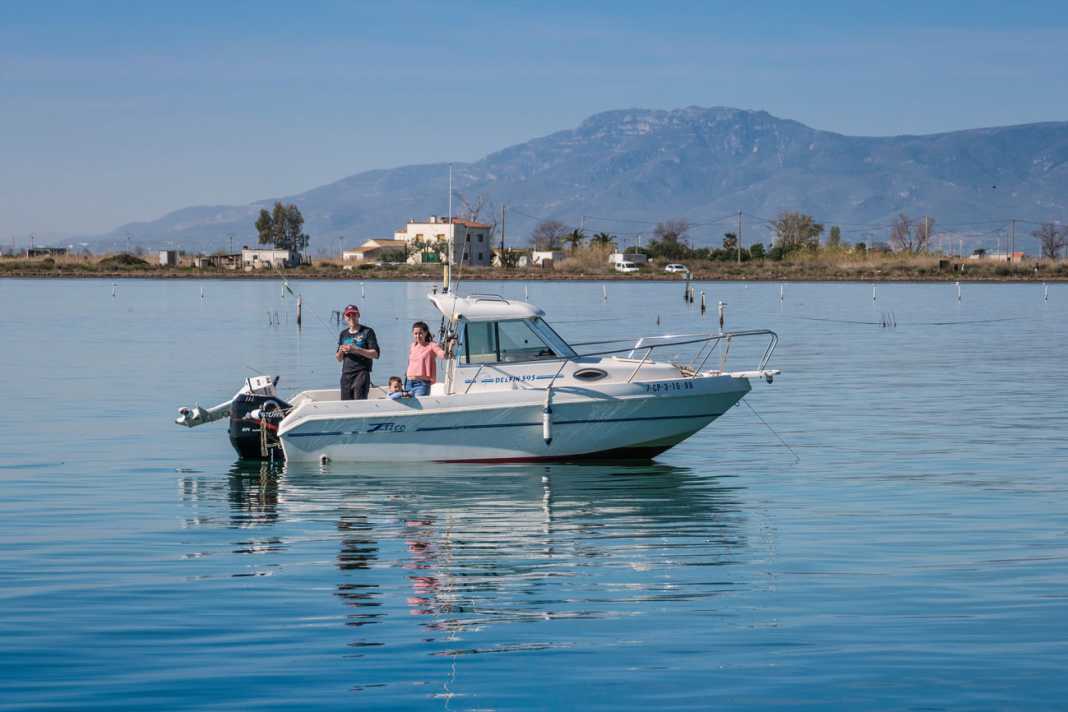
The Ebro Delta is not at the centre of the tourist flow in Catalonia. If you arrive in Barcelona, you still have around two hours' drive to the south before your destination is in sight.
But those who are not afraid of the effort can enjoy an original water sports area that has so far only been touched upon by mass tourism.
The Ebro estuary, incidentally the second longest river in Spain, is also the second largest wetland in the country with an area of 320 square kilometres.
The famous Arroz Bomba rice variety, which is used in the national dish paella, grows here. Oysters and mussels thrive in the nutrient-rich lagoons in huge breeding facilities, which can be explored by boat; tasting included.
Sea salt is extracted on the island of la Banya. The marshland is also a paradise for animal and plant species, including flamingos. This is why a third of the area is a nature reserve and forms the Parc Natural del Delta de l'Ebre.
The Islas Columbretes are a particular highlight off the coast. The volcanic islands - also a nature reserve - can be visited by yacht.






1. Sant Carles de la Ràpita
The small town of Sant Carles de la Ràpita is located on the south side of the Ebro estuary and has a large yacht and fishing harbour with two integrated marinas with a total of around 1500 berths, the Club Náutic ( www.cnrapita.com ) and the Sant Carles Marina ( www.mdlmarinas.co.uk/mdl-sant-carles-marina ).
From the 2019 season, the charter provider Cruesa (www.cruesa.com) from Palma de Mallorca is planning to base at least one sailing yacht and one motor yacht here. The location is a good starting point for exploring the entire coastal region. From a petrol station to service companies and a 75-tonne travel lift, all infrastructure is available on site.
2nd Puerto de los Alfaques
The large natural harbour is located in the lagoon on the south side of the Ebro Delta. It also serves as a huge breeding basin for oysters and mussels. Here, you can visit the Musclarium ( www.musclarium.com ) and savour the delicious seafood directly from the farmer in a wonderful setting.
3rd Islas Columbretes
The Columbretes are a group of islands of volcanic origin located around 30 nautical miles east of the Spanish Mediterranean coast. On the main island of Columbrete Grande, which is formed by the upper edge of the caldera, there is an entrance to the bay of Puerto Tofino on the north-east side. Ten free buoys are waiting for guests here. Three buoys on the west side can be used in swell from the northeast.
northeast. Overnight stays are possible, as are visits lasting several days. Unfortunately, it is not possible to book. Guided tours are offered by the park rangers who live there. A dinghy is required for this. There are two more buoys to the west of the neighbouring island of Foradada and one to the west of Isla Ferrera. It is not permitted to spend the night at these buoys. Divers and snorkellers should not miss out on exploring the underwater world. Individual diving requires a licence: Email: parque_columbretes@gva.es The islands are often used as a stopover when travelling to the Balearic Islands.
4. Castellón de la Plana
The provincial capital is already located in the Region of Valencia. Originating from the Moorish castle of Fadrell, the city was founded in 1251 after the conquest of the Kingdom of Valencia. There is a large industrial and fishing harbour here, which is also home to the Real Club Náutico ( http://www.rcncastellon.es ) has its jetties. The maritime quarter around the harbour is popular. Here, the Plaza del Mar with its restaurants and bars is a meeting point for locals and visitors. Castellón de la Plana is only 30 nautical miles from the Islas Columbretes.
5th Peñíscola
The centre of the old town of Peñíscola is the imposing citadel from the 14th century. The castle can be visited. The walls are a popular destination for mainly local tourists. The harbour may only be used by local fishermen and permanent residents. If you are planning a short stopover, you can ask if you can moor up to a fishing boat at short notice. Otherwise, there is a wonderful anchorage in front of the harbour.
harbour. There are numerous places to eat and drink in the old town centre and near the beaches.
6. l'Ampolla
The small town of L'Ampolla at the northern end of the Ebro Delta has been on the upswing since it was connected to the motorway in 2001. Half of the residents are foreigners, particularly from Switzerland. To the left of the harbour entrance to the fishing port is the Club Nàutic ( http://www.nauticampolla.com ) with 500 berths. There are guest berths on the inside of the outer pier and moorings in front of it. There is also a petrol station, sanitary facilities and a crane service.
7th Puerto del Fangar
Puerto del Fangar is a large lagoon in the north of the Ebro estuary near L'Ampolla. This basin is also characterised by oyster and mussel farming by Mirador de la Badia ( http://www.miradorbadia.com ) are moulded. Tastings can be arranged by telephone. To the north, around the lighthouse, there are shallow sandbanks on both sides, as well as flamingos. The bay is rich in fish and is very popular with anglers.
8th L'Ametlla del Mar
The village is hardly characterised by tourism. Fishing still dominates here. There is a large fleet stationed in the harbour that specialises in tuna and takes up most of the space in the harbour. At the front of the harbour, next to the entrance, is the local Club Nàutic ( http://www.cnametllamar.com ) with 255 berths. Guest berths are in the first basin. The berths are on the port side. There is a petrol station, repair service and a slip ramp. The Club Nàutic restaurant is also recommended. A visit to the afternoon fish auction held directly in the harbour and an excursion to the aquafarm for bluefin tuna, which you can even swim with, are well worthwhile.
You can read this district report in the August 2018 issue of BOOTE.
The magazine is available in DK-Shop available.
Downloads:
download

